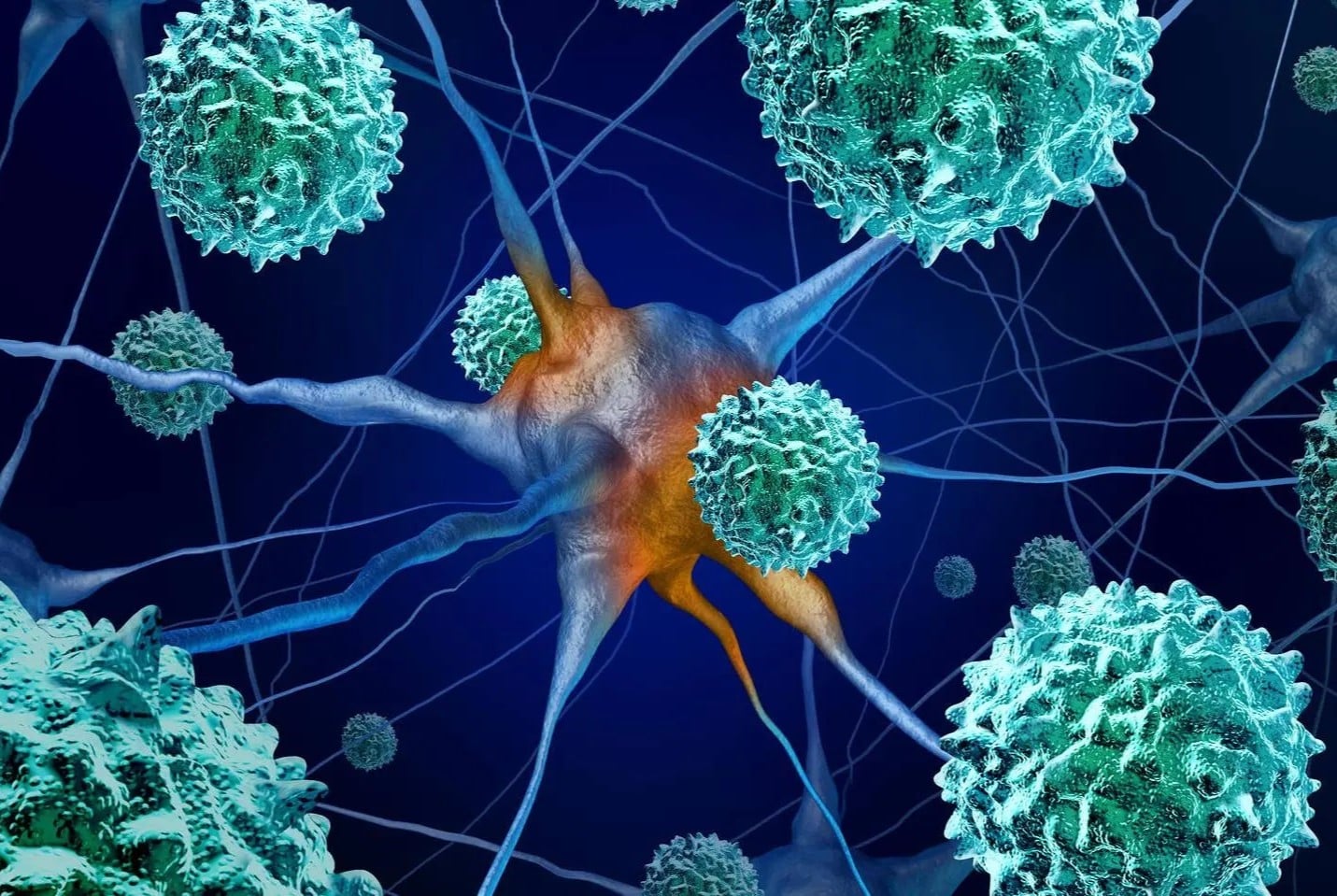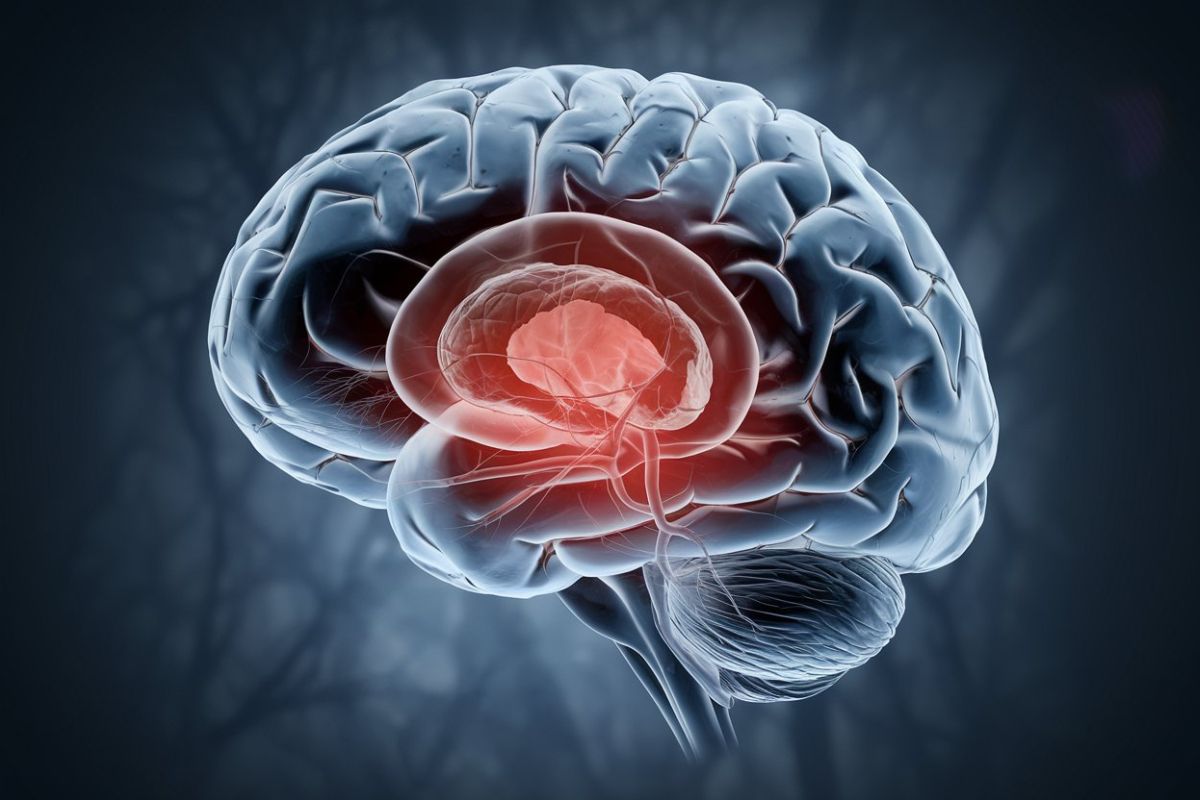
Polio-like syndrome, also known as acute flaccid myelitis (AFM), has puzzled many due to its sudden onset and severe symptoms. What is polio-like syndrome? It's a rare but serious condition that affects the nervous system, specifically the spinal cord, causing muscles and reflexes to weaken. While it shares similarities with polio, it’s caused by different viruses, most notably enteroviruses. This condition primarily impacts children, leading to sudden limb weakness, facial drooping, and difficulty swallowing or speaking. Understanding the symptoms, causes, and preventive measures can help in early detection and management. Let’s dive into 25 crucial facts about this mysterious illness to better grasp its impact and how to combat it.
Key Takeaways:
- Polio-Like Syndrome, or AFM, is a rare condition affecting children's nervous systems, causing muscle weakness. It's not caused by the poliovirus and may be linked to certain viral infections.
- Good hygiene, vaccinations, and awareness campaigns can help prevent AFM. Ongoing research and funding are crucial for understanding and combating this rare but serious condition.
What is Polio-Like Syndrome?
Polio-like syndrome, also known as acute flaccid myelitis (AFM), is a rare but serious condition that affects the nervous system, specifically the spinal cord. It can cause muscles and reflexes to become weak or even paralyzed. Here are some intriguing facts about this condition:
- AFM is Rare: Only a few hundred cases are reported each year in the United States.
- Affects Children More: Most cases occur in children, typically between the ages of 4 and 15.
- Symptoms Resemble Polio: Symptoms include sudden muscle weakness, loss of muscle tone, and decreased reflexes.
- Not Caused by Polio Virus: Despite the similarities, AFM is not caused by the poliovirus.
- Possible Viral Links: Enteroviruses, particularly EV-D68, are suspected to be linked to AFM.
- Seasonal Pattern: Cases often spike in late summer and early fall.
- Diagnosis Through MRI: Magnetic Resonance Imaging (MRI) is used to detect lesions in the spinal cord.
- No Specific Treatment: There is no specific antiviral treatment for AFM; care is supportive.
- Physical Therapy Helps: Physical therapy can improve muscle strength and function over time.
- Respiratory Support May Be Needed: Severe cases might require mechanical ventilation if breathing muscles are affected.
Historical Context of Polio-Like Syndrome
Understanding the history of polio-like syndrome helps us grasp its significance and the ongoing efforts to combat it.
- First Identified in 2012: The term AFM was first used in 2012 when a cluster of cases was identified in California.
- Historical Misdiagnosis: Earlier cases might have been misdiagnosed as other neurological conditions.
- CDC Monitoring: The Centers for Disease Control and Prevention (CDC) began tracking AFM cases in 2014.
- Global Occurrence: AFM has been reported in various countries, not just the United States.
- Polio Eradication Efforts: The global effort to eradicate polio has helped in identifying and differentiating AFM.
Causes and Risk Factors
While the exact cause of AFM remains unknown, several factors are believed to contribute to its development.
- Viral Infections: Enteroviruses, adenoviruses, and West Nile virus are potential culprits.
- Immune Response: An abnormal immune response to infections might play a role.
- Genetic Factors: Some individuals might have a genetic predisposition to developing AFM.
- Environmental Factors: Exposure to certain environmental factors could trigger the condition.
- Previous Illness: A history of respiratory illness or fever before the onset of AFM symptoms is common.
Prevention and Awareness
Raising awareness and taking preventive measures can help reduce the risk of AFM.
- Good Hygiene Practices: Regular handwashing can prevent the spread of viruses linked to AFM.
- Vaccinations: Staying up-to-date with vaccinations can protect against some viruses that might cause AFM.
- Avoiding Mosquito Bites: Using insect repellent and wearing long sleeves can reduce the risk of West Nile virus.
- Public Health Campaigns: Awareness campaigns by health organizations help educate the public about AFM.
- Research and Funding: Ongoing research and funding are crucial for understanding and combating AFM.
Final Thoughts on Polio-Like Syndrome
Polio-like syndrome, though rare, is a serious condition that requires attention. Knowing the symptoms, causes, and preventive measures can help in early detection and treatment. This syndrome often mimics polio, causing muscle weakness and paralysis, but it’s caused by different viruses like enterovirus D68. Vaccination, good hygiene, and prompt medical care are key to preventing and managing this condition.
Staying informed about emerging health threats and maintaining a healthy lifestyle can make a big difference. If you or someone you know shows signs of muscle weakness or paralysis, seek medical advice immediately. Early intervention can improve outcomes and reduce complications.
By understanding polio-like syndrome, we can better protect ourselves and our loved ones. Stay vigilant, stay healthy, and spread awareness to help combat this condition.
Frequently Asked Questions
Was this page helpful?
Our commitment to delivering trustworthy and engaging content is at the heart of what we do. Each fact on our site is contributed by real users like you, bringing a wealth of diverse insights and information. To ensure the highest standards of accuracy and reliability, our dedicated editors meticulously review each submission. This process guarantees that the facts we share are not only fascinating but also credible. Trust in our commitment to quality and authenticity as you explore and learn with us.


